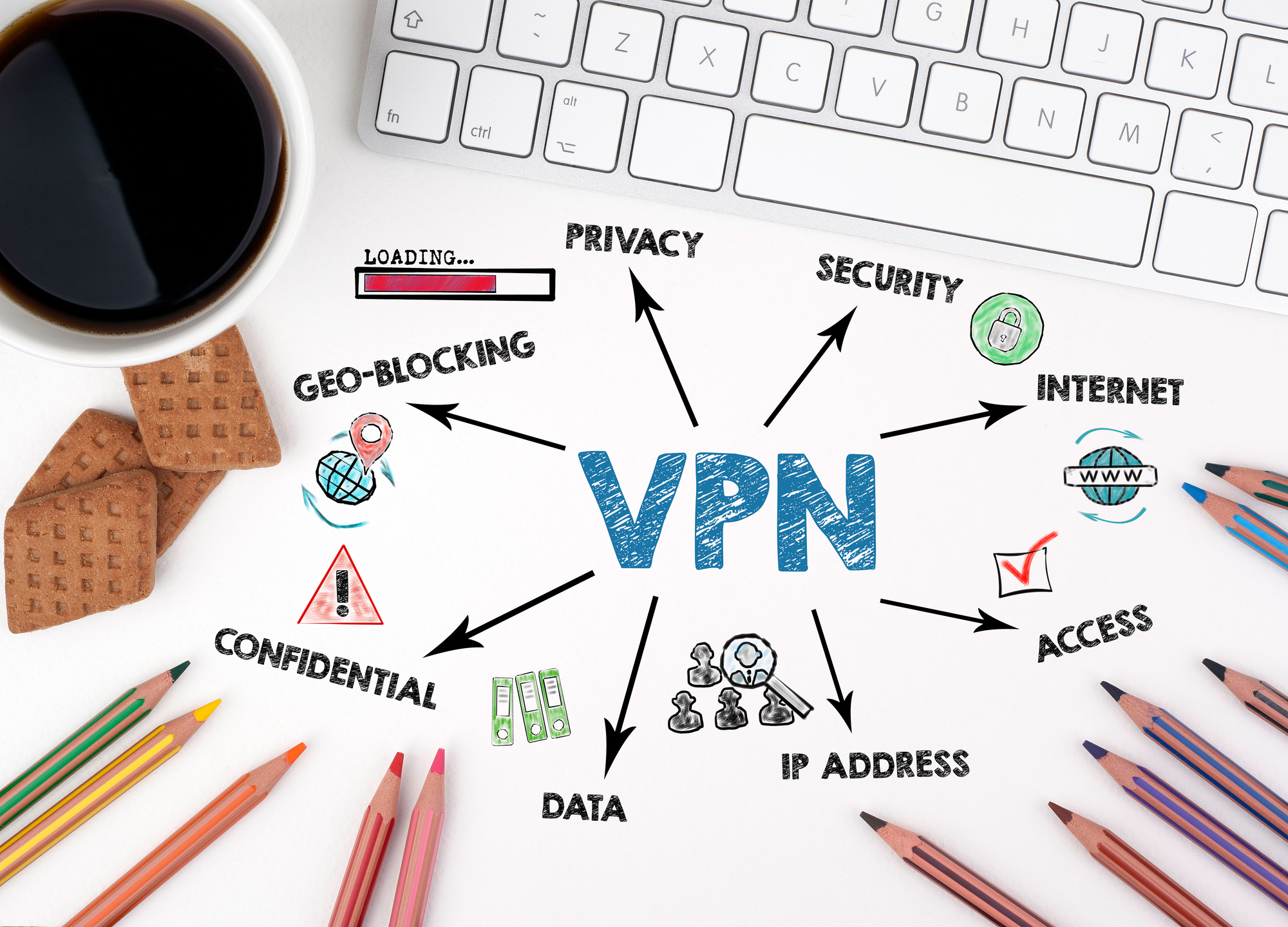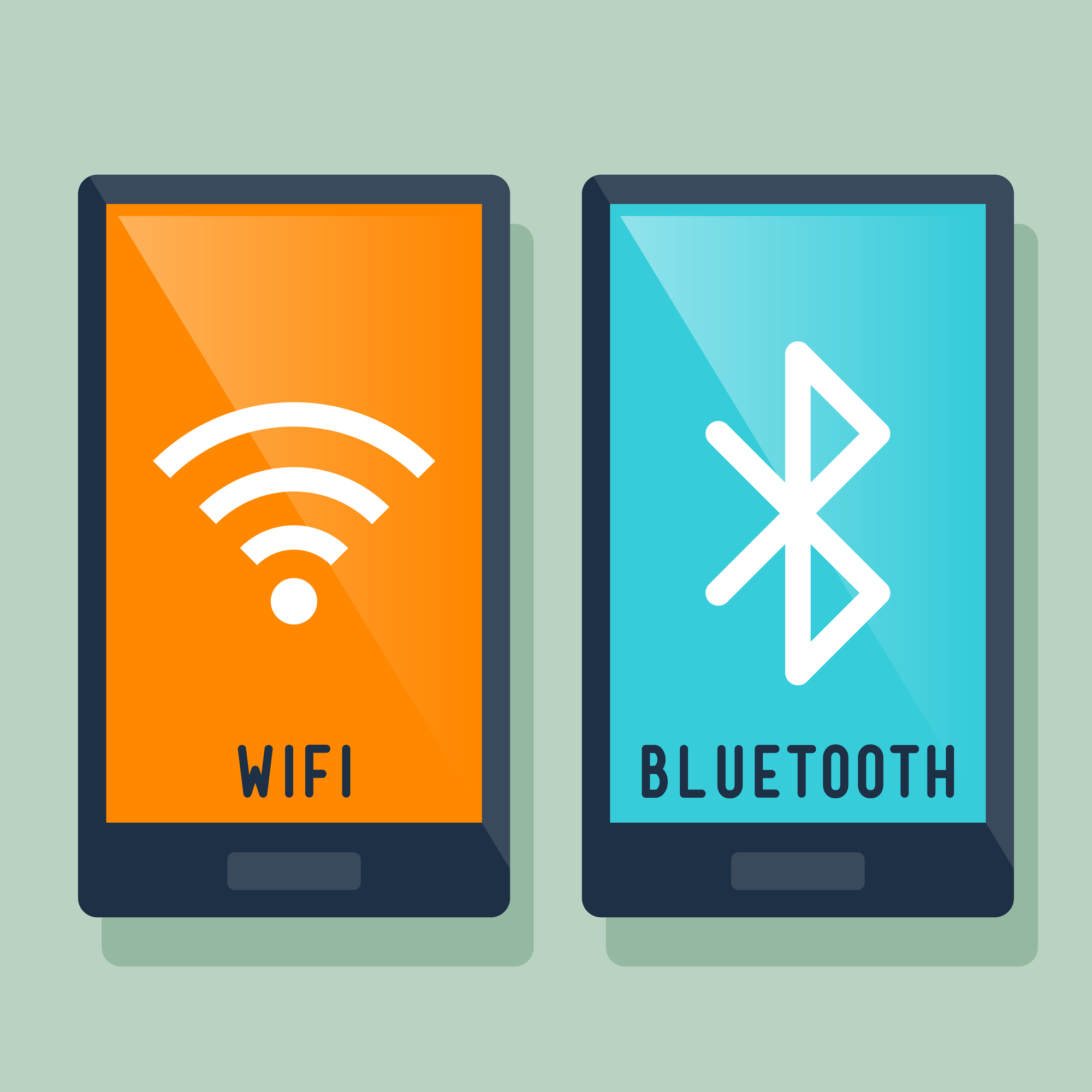Avoid Wi-Fi Scams While Traveling with Family
January 8, 2025
Use a VPN (Virtual Private Network)

Verify Authenticity
Never Use the Same Password
Keep Wi-Fi and Bluetooth Disabled

Only Visit HTTPS:// Sites (Hypertext Transfer Protocol for Secure Communication) – Best Way to Avoid Wi-Fi Scams
So, are you ready to have me create a personalized family vacation itinerary for your next trip?
If you said yes, I would like to invite you to click here to schedule a personalized family vacation planning session with me. When you click on this link, you will be taken to my digital calendar to schedule a time that is convenient for you.
Not ready for a personalized family vacation planning session yet? Sign up for my newsletter and continue to receive all the travel information I share.
Enter your Name and best Email Address to receive
On Your Next Family Vacation
We respect your privacy and will never share or sell your information.
3 Ways to See It All in Alaska
On Your Next Family Vacation
Click here for 10 Exciting Family Adventures
You Can Plan
NOW
3 Ways to See It All in Alaska
COPYRIGHT © ELITE TRAVEL JOURNEYS 2023
Explore
& More
ABOUT
TERMS And CONDITIONS
FAMILY ADVENTURES
PLANNING PROCESS
IN THE MEDIA
CONTACT
FREE RESOURCES
FAQS
PRIVACY POLICY
CUSTOMER DISCLOSURE
Elite Travel Journeys, Inc. is registered with the state of California as a Seller of Travel - Registration #: 2143950-40
Elite Travel Journeys, Inc. is registered with the state of Florida as a Seller of Travel. Registration No. ST43207
BLOG
HOME